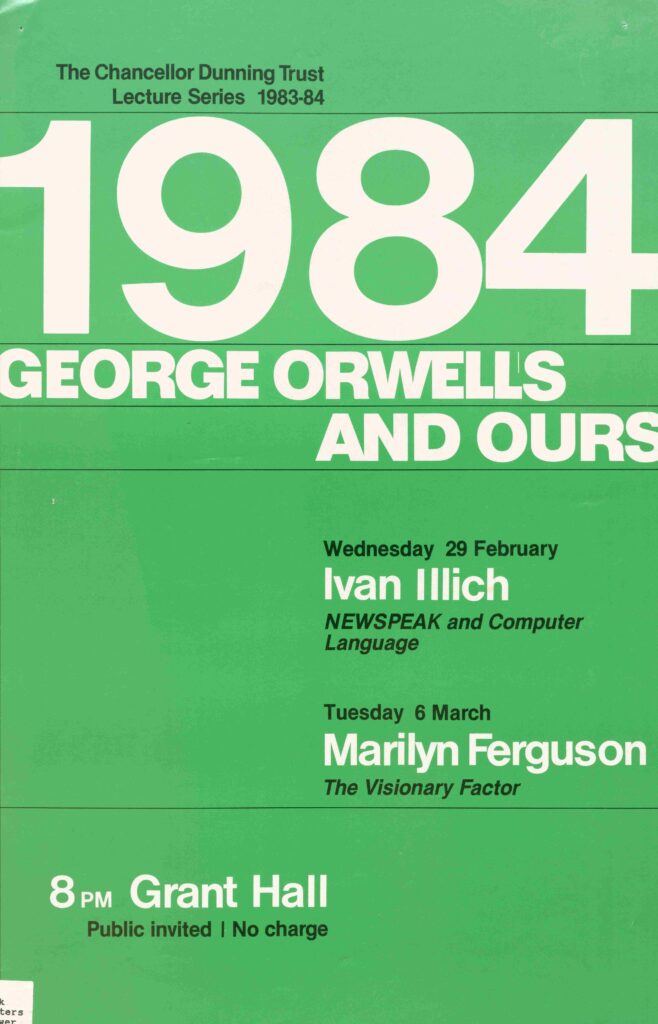
Marilyn Ferguson was an American author, editor, and public speaker. She was best known for her 1980 book The Aquarian Conspiracy, which became a key text of the New Age movement. After attending Mesa College and the University of Colorado, she began writing poetry and short stories. Ferguson developed an interest in new findings on the brain and consciousness that led her to write The Brain Revolution: The Frontiers of Mind Research (1973). She also founded a journal devoted to the subject, Brain/Mind Bulletin. She was the editor of the Leading Edge newsletter. Her work in this field inspired The Aquarian Conspiracy, in which she surveyed recent work in mind-brain studies, holography, psychotechnologies, parapsychology, holistic medicine and a host of other emerging fields that, taken together, added up to “a benign conspiracy for a new human agenda.” In the dawning new age, she said, people would exercise their talents to the fullest; war and social hierarchies would disappear; and the human race, impelled forward by thrilling new scientific discoveries, would embrace its rightful happiness. The Visionary Factor, the sequel to The Aquarian Conspiracy, was the basis of her Dunning Trust lecture. Ferguson died in 2008.
Ferguson’s lecture was a part of the series “1984: George Orwell’s and Ours.” In it, she discussed her new book, The Visionary Factor. Whereas her earlier work, The Aquarian Conspiracy, suggested that there were individuals, groups, and networks all over the Earth involved in trying to create a new kind of society, altering human values and worldview, The Visionary Factor showed how this was accomplished. Ferguson drew on historian and philosopher of science Thomas Kuhn’s idea of paradigm shifts to describe ongoing research in the sciences, including a recent suggestion that the universe doesn’t have laws but habits. The Visionary Factor tried to understand how, if the majority of people want things to be better, little was ever accomplished in this vein. It suggests that to achieve breakthroughs in crises of creativity, one of the best things we can do is imagine ourselves at a point in the future when the problem is already solved, and then try to think about how we got there. For instance, she urged her audience to imagine a future in which nuclear weapons no longer exist, and then recall the steps that were taken to achieve this. The viewpoint of future history, Ferguson suggested, was crucial to help people stop acting out of fear, which limits their creativity. We needed to harness the Information Age to build an image of the future to work towards, rather than allowing fear to guide our actions. Visionaries, she concluded, always seem to be in the right place at the right time. Rather than naturalizing this, she realized that making it the right place and the right time to make a meaningful change was a choice.
Her lecture was held on March 6, 1984.